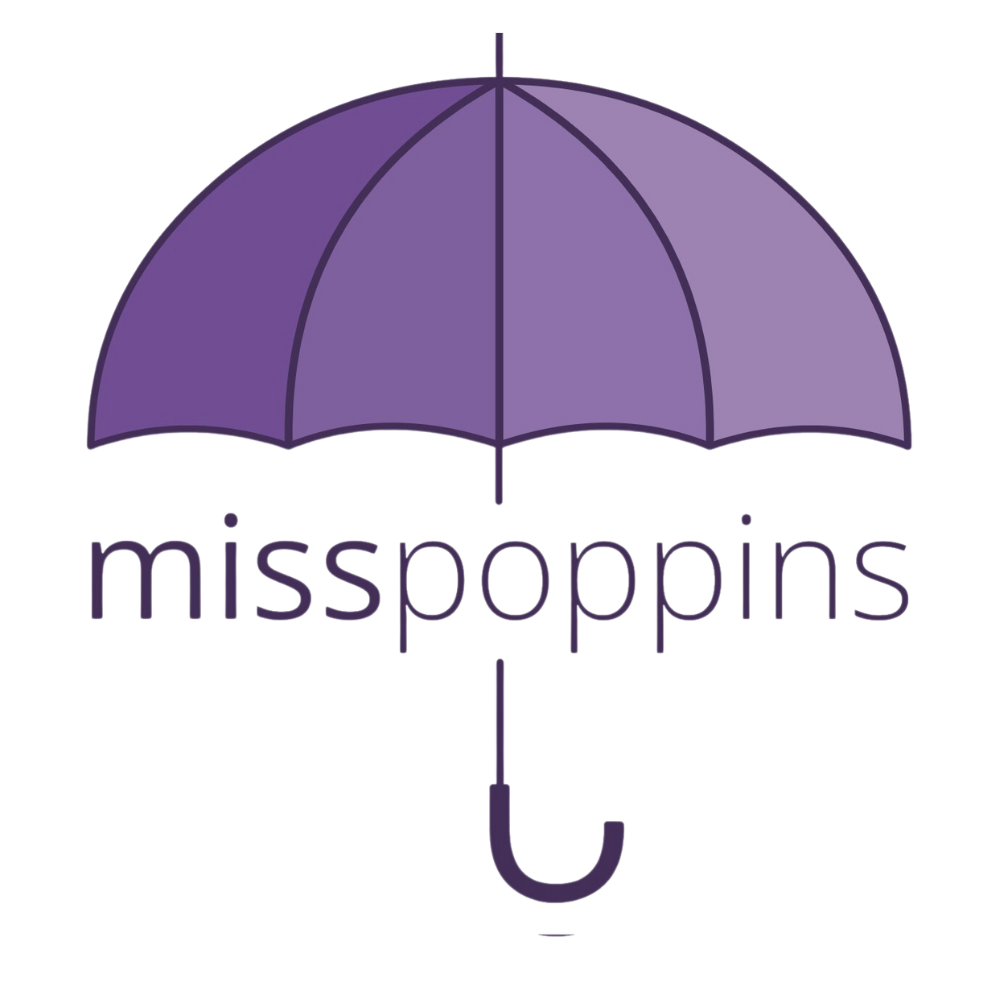Understanding Discipline
Navigating toddler behavior can be challenging, especially when distinguishing between discipline, punishment, and consequences. This article delves into these concepts, offering research-backed strategies to help you manage your toddler’s behavior more effectively. By understanding the nuances of each approach, you can make clear, logical decisions that foster a healthy, respectful parent-child relationship.
Consequences vs. Punishment
Consequences are the natural outcomes of actions, which can be positive, negative, or neutral. Effective parenting involves making the connection between a toddler's actions and the consequences clear and understandable. For instance, if a toddler delays getting dressed, explain that they might miss out on fun activities like distributing snacks at school, rather than imposing unrelated consequences.
Punishment, on the other hand, often involves imposing a penalty in response to undesirable behavior and is generally about control rather than teaching. Traditional methods like spanking or yelling are not only ineffective but can also damage a child’s self-esteem and fear of the disciplinarian.
Examples of Effective Consequences:
Direct Consequence: If a toddler refuses to put away toys, they might not be available the next playtime. This teaches responsibility and consequences for actions without feeling punitive.
Logical Consequence: A toddler who throws food might have the meal ended immediately. This directly relates the consequence to the behavior, teaching them about appropriate dining habits.
Redefining Discipline: Teaching Through Empathy and Understanding
Discipline is about guiding children on how to behave and why it matters. It’s rooted in consistency, empathy, and understanding rather than fear. Discipline involves setting limits and using consequences appropriately but focuses on teaching and guiding rather than punishing.
Example of Positive Discipline: If a toddler throws a toy, instead of yelling, you could explain why that behavior is unsafe and encourage them to play gently. Follow up with praise when they play nicely, reinforcing the positive behavior.
The Dangers of Shaming and How to Avoid It
Shaming involves making a child feel inferior or embarrassed about themselves and can have long-lasting negative impacts on their self-worth. Examples of shaming include negative statements like "You’re just like your grandma!" or "You’re embarrassing me, stop it!" Instead, focus on the behavior, not the child’s character.
Constructive Alternative: Replace shaming with constructive feedback. For example, instead of saying, “Stop crying, what’s wrong with you?” you could say, “I see you’re upset. Let’s talk about what’s bothering you.”
Conclusion: Building a Framework for Positive Behavior
Effective toddler behavior management is about more than just controlling actions; it’s about teaching values and self-regulation. Strive to understand the reasons behind behaviors, and use discipline to teach and guide rather than to punish. Remember, reinforcing positive behavior and providing consistent, loving guidance helps build a secure, confident child.
Always aim to communicate at your child’s level, both physically and emotionally, to enhance understanding and empathy. The effort you invest in positive discipline during these early years lays the foundation for your child’s future behavior and emotional health.
By incorporating these strategies into your parenting approach, you can foster a nurturing environment that promotes both good behavior and healthy emotional development.

